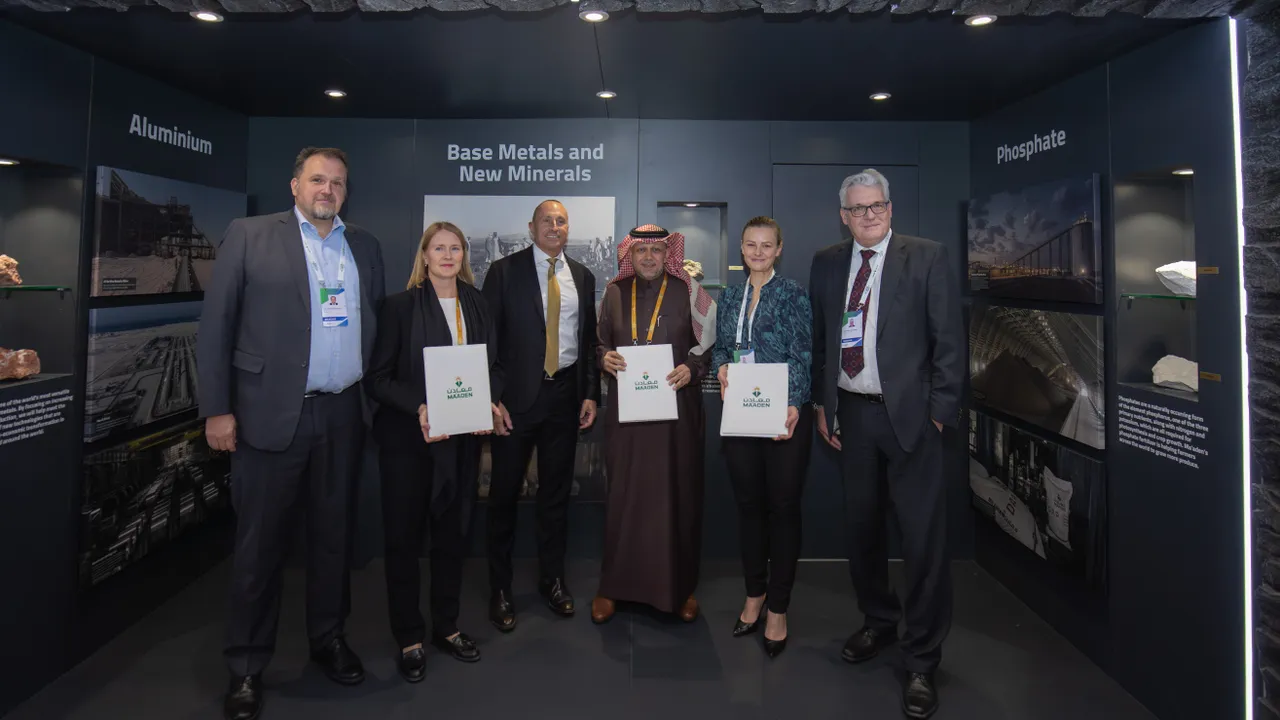
Each with a eagle eye on environmental friendliness through CO2 capture, thyssenkrupp Uhde has signed a master agreement with Ma’aden (the Saudi Arabian Mining Company) for the development, engineering and licensing of a calcination plant for phosphogypsum processing.
The purpose of the proposed plant, which will be located at Ma’aden’s Ras al Khair site in Saudi Arabia, will be to recycle phosphogypsum and enable the capture of CO2 emissions.
The joint research and development will be carried out together with thyssenkrupp Polysius and Metso Outotec.
“We look forward to working with our partners to develop this unique solution, utilizing our new patented technology to reduce carbon emissions and recycle phosphogypsum into a useful resource,” said Hassan Al-Ali, Executive Vice President, Ma’aden.
“With this ambitious project, we will contribute significantly to the Saudi Green Initiative and create lasting impact in line with our Kingdom’s Vision 2030.”
thyssenkrupp Uhde COO Lucretia Löscher added: “We are honored to be chosen by our esteemed customer to provide our technology and expertise. We are providing the innovative process to turn the phosphate industry into a circular economy. This project will be another important milestone for thyssenkrupp Uhde in enabling the green transformation of our customers.”
Currently, significant amounts of phosphogypsum are produced as a by-product of phosphoric acid production, which is essential for producing phosphate fertilizers. The options for using phosphogypsum directly are very limited due to impurities and the general properties of this material.
The innovative phosphogypsum treatment process will have three major benefits: first, it converts phosphogypsum into quicklime (calcium oxide, CaO). By using alternative fuels such as hydrogen or sulfur, this calcination step is low in CO2 emissions. Additional know-how for this process is provided by thyssenkrupp Polysius, a full range-supplier of the cement and lime industry. Secondly, it enables the recovery of sulphuric acid, which can be recycled and reused as feedstock for phosphoric acid production. And thirdly, the quicklime binds CO2 through a carbonization process to form limestone. The limestone can then be used, for example, in the construction industry or for cement production.
Source: www.thyssenkrupp-uhde.com
